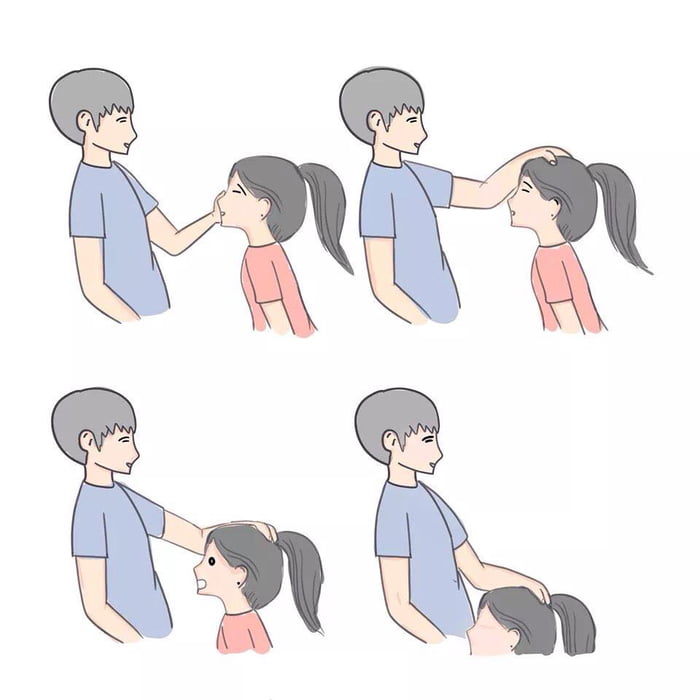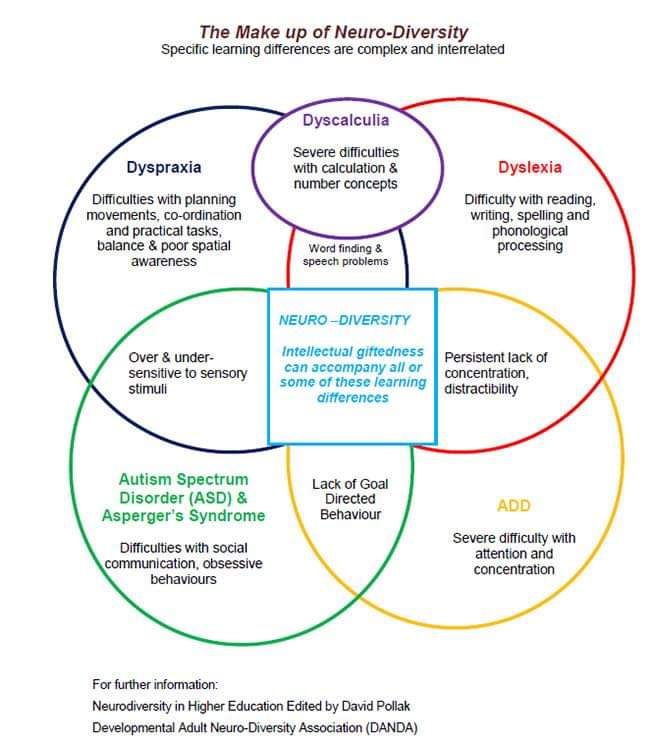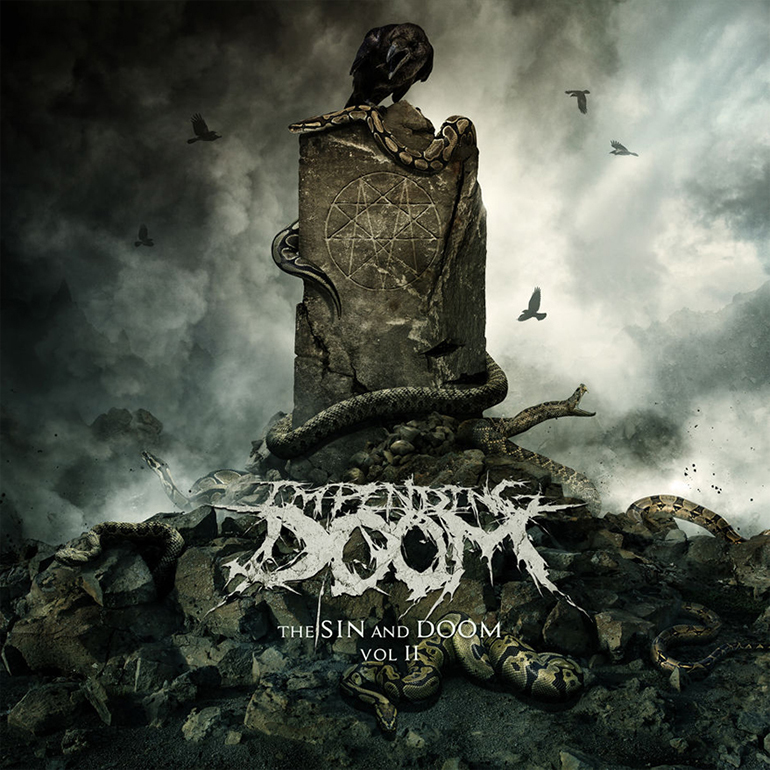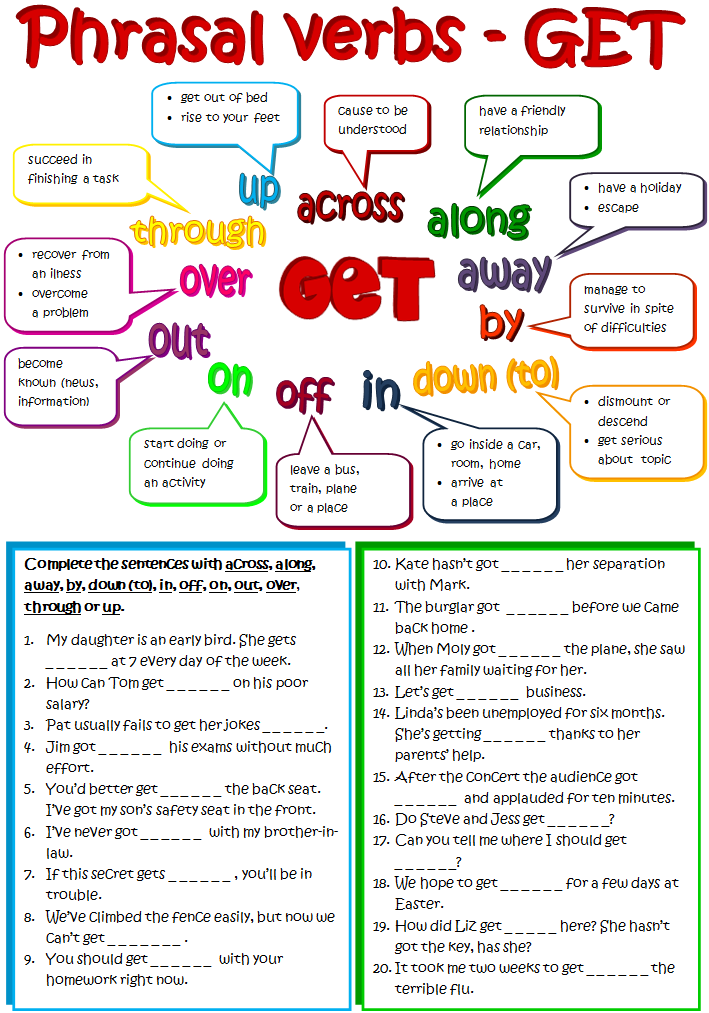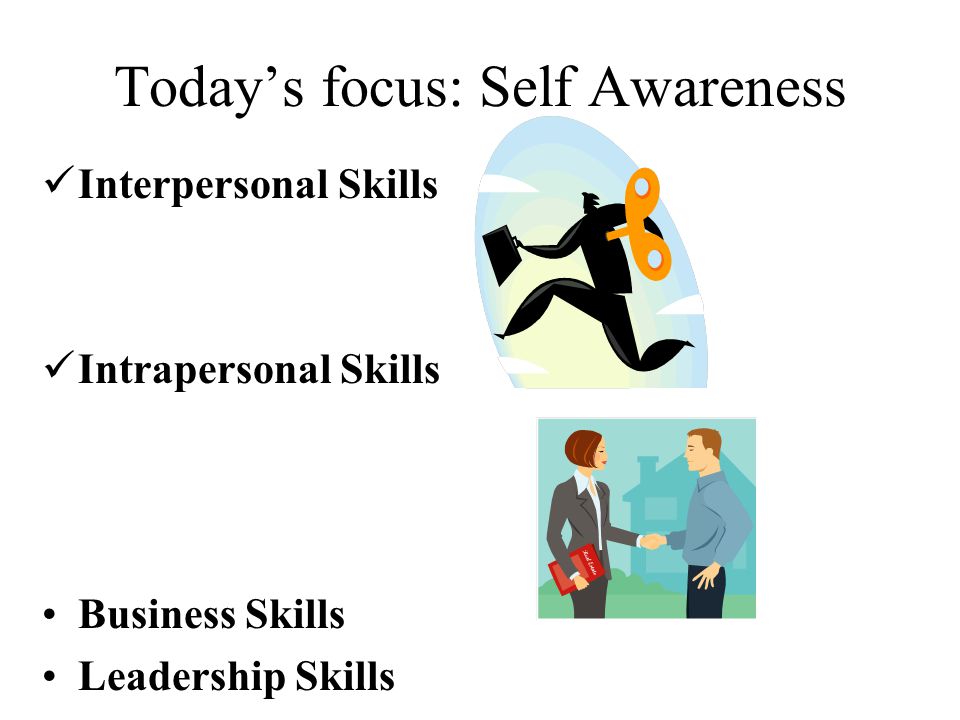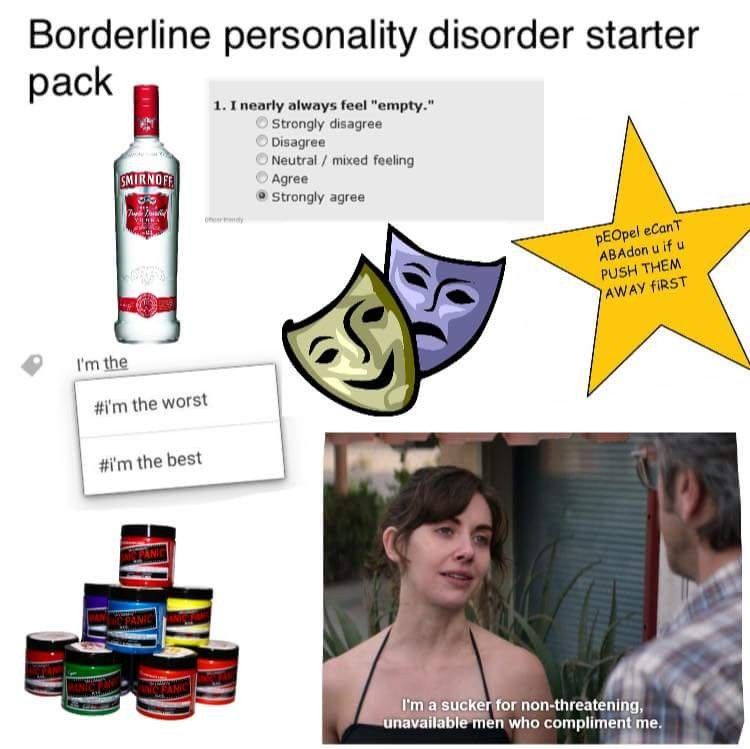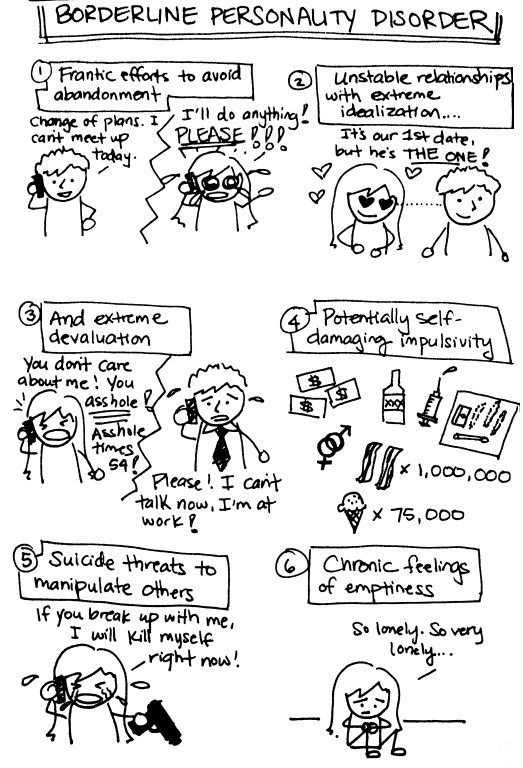Emotional disorders list
Types of mental health issues and illnesses
Mental illness is a general term for a group of illnesses that may include symptoms that can affect a person’s thinking, perceptions, mood or behaviour. Mental illness can make it difficult for someone to cope with work, relationships and other demands. The relationship between stress and mental illness is complex, but it is known that stress can worsen an episode of mental illness. Most people can manage their mental illness with medication, counselling or both.This page lists some of the more common mental health issues and mental illnesses.
Anxiety disorders
Anxiety disorders is a group of mental health disorders that includes generalised anxiety disorders, social phobias, specific phobias (for example, agoraphobia and claustrophobia), panic disorders, obsessive compulsive disorder (OCD) and post-traumatic stress disorder. Untreated, anxiety disorders can lead to significant impairment on people’s daily lives.
For more information see: Anxiety disorders.
Behavioural and emotional disorders in children
Common behaviour disorders in children include oppositional defiant disorder (ODD), conduct disorder (CD) and attention deficit hyperactivity disorder (ADHD). Treatment for these mental health disorders can include therapy, education and medication.
For more information see: Behavioural disorders in children.
Bipolar affective disorder
Bipolar affective disorder is a type of mood disorder, previously referred to as ‘manic depression’. A person with bipolar disorder experiences episodes of mania (elation) and depression. The person may or may not experience psychotic symptoms. The exact cause is unknown, but a genetic predisposition has been clearly established. Environmental stressors can also trigger episodes of this mental illness.
For more information see: Bipolar disorder.
Depression
Depression is a mood disorder characterised by lowering of mood, loss of interest and enjoyment, and reduced energy.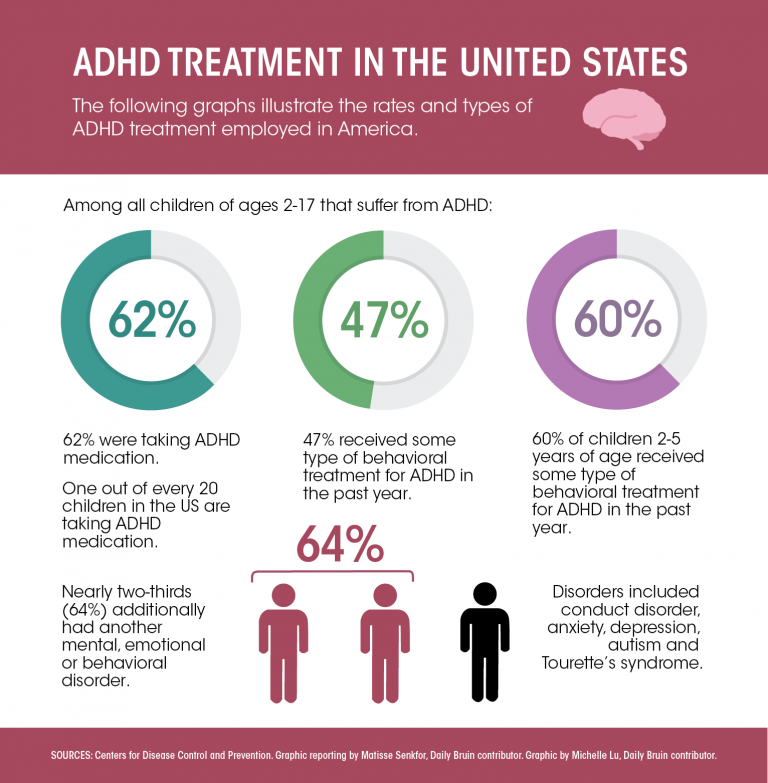 It is not just feeling sad. There are different types and symptoms of depression. There are varying levels of severity and symptoms related to depression. Symptoms of depression can lead to increased risk of suicidal thoughts or behaviours.
It is not just feeling sad. There are different types and symptoms of depression. There are varying levels of severity and symptoms related to depression. Symptoms of depression can lead to increased risk of suicidal thoughts or behaviours.
For more information see: Depression.
Dissociation and dissociative disorders
Dissociation is a mental process where a person disconnects from their thoughts, feelings, memories or sense of identity. Dissociative disorders include dissociative amnesia, dissociative fugue, depersonalisation disorder and dissociative identity disorder.
For more information see: Dissociation and dissociative disorders.
Eating disorders
Eating disorders include anorexia, bulimia nervosa and other binge eating disorders. Eating disorders affect females and males and can have serious psychological and physical consequences.
For more information see: Eating disorders.
Obsessive compulsive disorder
Obsessive compulsive disorder (OCD) is an anxiety disorder.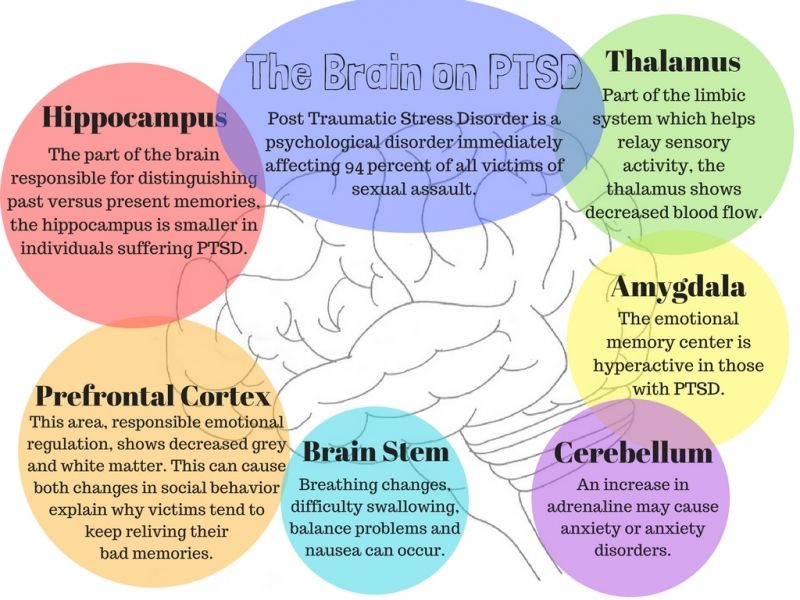 Obsessions are recurrent thoughts, images or impulses that are intrusive and unwanted. Compulsions are time-consuming and distressing repetitive rituals. Treatments include cognitive behaviour therapy (CBT), and medications.
Obsessions are recurrent thoughts, images or impulses that are intrusive and unwanted. Compulsions are time-consuming and distressing repetitive rituals. Treatments include cognitive behaviour therapy (CBT), and medications.
For more information see: Obsessive compulsive disorder.
Paranoia
Paranoia is the irrational and persistent feeling that people are ‘out to get you’. Paranoia may be a symptom of conditions including paranoid personality disorder, delusional (paranoid) disorder and schizophrenia. Treatment for paranoiainclude medications and psychological support.
For more information see: Paranoia.
Post-traumatic stress disorder
Post-traumatic stress disorder (PTSD) is a mental health condition that can develop as a response to people who have experienced any traumatic event. This can be a car or other serious accident, physical or sexual assault, war-related events or torture, or natural disasters such as bushfires or floods.
For more information see: Post-traumatic stress disorder.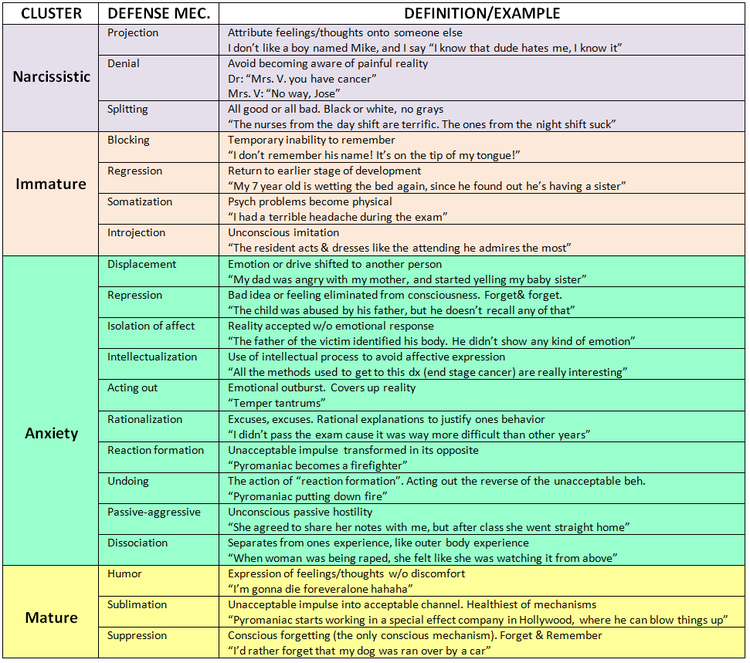
Psychosis
People affected by psychosis can experience delusions, hallucinations and confused thinking.. Psychosis can occur in a number of mental illnesses, including drug-induced psychosis, schizophrenia and mood disorders. Medication and psychological support can relieve, or even eliminate, psychotic symptoms.
For more information see: Psychosis.
Schizophrenia
Schizophrenia is a complex psychotic disorder characterised by disruptions to thinking and emotions, and a distorted perception of reality. Symptoms of schizophrenia vary widely but may include hallucinations, delusions, thought disorder, social withdrawal, lack of motivation and impaired thinking and memory. People with schizophrenia have a high risk of suicide. Schizophrenia is not a split personality.
For more information see: Schizophrenia.
Where to get help
- Your GP (doctor)
- Mental health services
Anxiety disorders - Better Health Channel
About anxiety disorders
Anxiety disorders are a group of mental health problems. They include generalised anxiety disorders, social phobias, specific phobias (for example, agoraphobia and claustrophobia), and panic disorders. Depression is often related to anxiety disorders.
Anxiety disorders are common mental health problems that affect many people. Approximately 25% of the population have an anxiety disorder that warrants treatment at some time in their life and up to another 25% have less severe anxieties such as fears of spider and snakes.
Not all anxiety is a disorder
Everyone experiences anxiety and fear at times – these are normal and helpful human emotions that help us deal with danger. However, some people experience excessive and irrational anxiety and worries that become ongoing and distressing, and that interfere with their daily lives. This may indicate an anxiety disorder. Often there appears to be no obvious or logical reason for the way the person feels.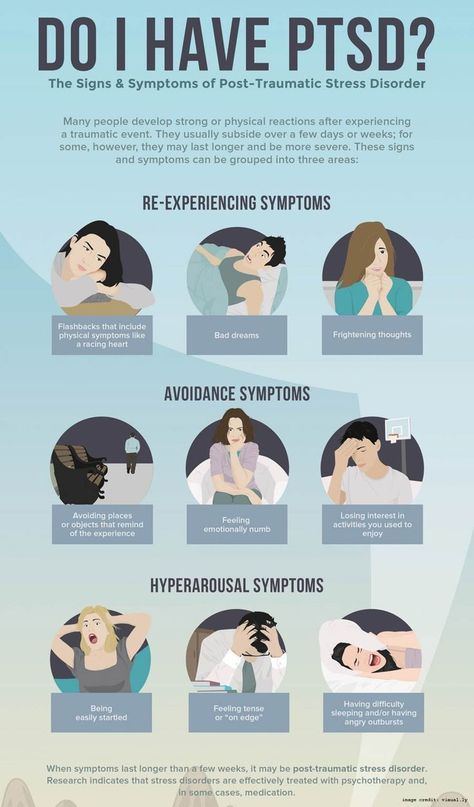 This may make an anxiety disorder even more worrying to the sufferer.
This may make an anxiety disorder even more worrying to the sufferer.
Symptoms of anxiety disorders
The main features of an anxiety disorder are fears or thoughts that are chronic (constant) and distressing and that interfere with daily living. Other symptoms of an anxiety disorder may include:
- Panic or anxiety attacks or a fear of these attacks.
- Physical anxiety reactions – for example trembling, sweating, faintness, rapid heartbeat, difficulties breathing or nausea.
- Avoidance behaviour – a person may go to extreme lengths to avoid a situation that they think could bring on anxiety or panic.
Panic attacks are a common symptom
A panic attack is a sudden feeling of intense terror that may occur in certain situations or for no apparent reason. A panic attack does not mean a person is necessarily suffering an anxiety disorder. However, a panic attack is a common feature of each type of anxiety disorder.
Symptoms of a panic attack may include:
- shortness of breath
- dizziness
- rapid heartbeat
- choking
- nausea.
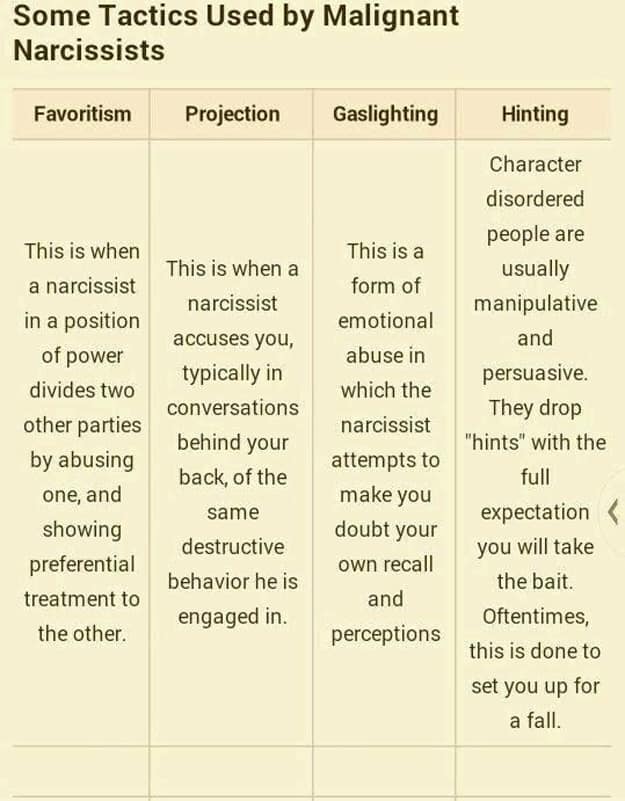
The cause of panic attacks is unknown, but they may be related to a chemical response in the brain, caused by actual threatening or stressful events or by thinking about stressful events. The brain response leads to physiological changes in the body, such as shallow breathing and rapid heartbeat.
Panic attacks can be frightening. Some people say they feel like they are going to die or go crazy. People affected by panic attacks may avoid situations in which they think attacks might occur. In some cases, this may lead to the development of other anxiety disorders including agoraphobia.
Types of anxiety disorders
Anxiety becomes a disorder when it’s irrational, excessive and when it interferes with a person’s ability to function in daily life. Anxiety disorders include:
- Generalised anxiety disorder
- Social phobias – fear of social situations
- Specific phobias – for example a fear of open spaces (agoraphobia) or enclosed spaces (claustrophobia)
- Panic disorders – frequent and debilitating panic attacks.

Generalised anxiety disorder
Generalised anxiety is excessive anxiety and constant worry about many things. The focus of the anxiety might be family or friends, health, work, money or forgetting important appointments. A person may be diagnosed with a generalised anxiety disorder if:
- the anxiety and worry have been present most days over a 6-month period
- the person finds it difficult to control their anxiety.
People with social phobia are afraid of being negatively judged or evaluated by others. This leads to fear of doing something that may humiliate them in public – for example public speaking, using public toilets, eating and drinking in public, writing in public, or any social encounters such as parties or workplaces.
Some social phobia sufferers may only fear one type of situation. Others may be concerned about several types of situations. This can lead them to avoid the feared situations, which can then lead to severe isolation and avoiding people and activities they usually enjoy.
Specific phobias
A person with a specific phobia has a persistent and irrational fear of a particular object or situation. They may fear animals, places or people. Fear of the object or situation is so severe that a person may experience physical symptoms and panic attacks. Fears may include dogs, blood, storms, spiders or other objects or situations but, in all cases, the anxiety is both excessive and interfering.
The adult phobia sufferer usually knows that their fear is excessive or unreasonable. However, their need to avoid the object, place or person can significantly restrict their life.
Panic disorders
Panic or anxiety attacks are common. Panic disorders are less common, affecting about 2% of the population. For a person to be diagnosed with a panic disorder, they would usually have had at least four panic attacks each month over an extended period of time. Often panic attacks may not be related to a situation but come on spontaneously.
Panic disorder may be diagnosed if panic attacks are frequent and if there’s a strong and persistent fear of another attack occurring.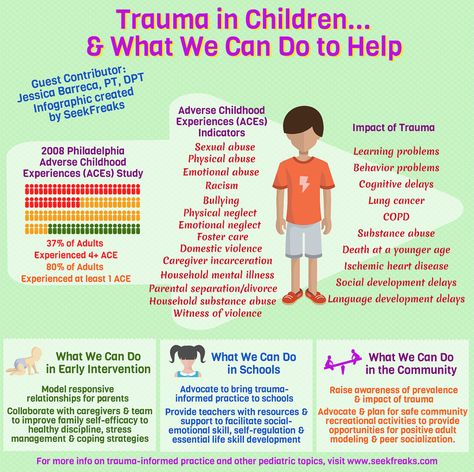
Anxiety disorders can have serious effects
An anxiety disorder may lead to social isolation and clinical depression, and can impair a person’s ability to work, study and do routine activities. It may also hurt relationships with friends, family and colleagues. It’s common for depression and anxiety to happen at the same time. Depression can be a serious illness with a high risk of self-harm and suicide.
Recovery is possible with treatment
Recovery from an anxiety disorder is possible with the right treatment and support. Effective treatments for anxiety disorders may include:
- Cognitive behavioural therapy – aims to change patterns of thinking, beliefs and behaviours that may trigger anxiety.
- Exposure therapy – involves gradually exposing a person to situations that trigger anxiety using a fear hierarchy: this is called systematic desensitisation.
- Anxiety management and relaxation techniques – for example deep muscle relaxation, meditation, breathing exercises and counselling.

- Medication – this may include antidepressants and benzodiazepines.
Where to get help
- Your GP (doctor)
- Clinical psychologist
- Psychiatrist
- Your local community health centre
- This way up - an online Coping with Stress and an Intro to Mindfulness program developed by the Clinical Research Unit of Anxiety and Depression (CRUfAD) at St Vincent’s Hospital, Sydney and University of New South Wales (UNSW) Faculty of Medicine.
- ARAFEMI (Association of Relatives and Friends of the Emotionally and Mentally Ill) Tel. (03) 9810 9300
- Mental Health Foundation of Australia (Victoria) Tel. (03) 9427 0406
- National Mental Health Helpline 1300 MHF AUS (643 287)
- Anxiety Recovery Centre Victoria Tel. (03) 9830 0533 or 1300 ANXIETY (269 438)
Topic №6 "Disorders of emotions"
The content of the curriculum on this topic:
Emotions, definition of the concept. Emotional states: mood, affect, passion. Pathological and physiological effects. Violations of the severity (strength) of emotions: sensitivity (emotional hyperesthesia), emotional coldness, apathy, emotional dullness. Violation of the adequacy of emotions: ambivalence, inadequacy of emotions. Violation of the stability of emotions: emotional lability, explosiveness, emotional torpidity, weakness of mind. Pathologically elevated mood: hyperthymia, euphoria, moria, ecstasy. Manic syndrome, manic triad. Angry mania. Pathologically low mood: hypothymia, dysphoria, anxiety, fear. Depressive syndromes: melancholic syndrome (depressive triad), anxious and agitated depression, astheno-depressive syndrome, depressive-hypochondriac syndrome, Cotard's syndrome, depressive-delusional syndrome. Suicide in depression. Somatic signs of depression, "masked depression". Differential diagnosis of depression and somatic diseases. anxiety syndrome. nine0006
Training materials:
1. Text material:
emotions and their disorders (K.K.Thelia)
( Emotions in the norm of general psychology in general psychology )
3. Questions of this topic on a computer test
4. Clinical examples (with audio recordings of conversations with patients)
5.9002 Additional materials2. Online presentation "Disorders of emotions" (M.Ya. Kissin, I.A. Martynikhin)
Sections common to all topics of general psychopathology: abstracts for lectures. on all topics of "General psychopathology" in one file (36 pages, 3 slides per page, pdf, 900Kb)
2. Glossary of terms on all topics of general psychopathology (3 pages, pdf, 130Kb)
3. Test tasks on all topics of general psychopathology
General psychopathology h-4 emotions
Examination questions and schemes of answers to them:
1 Question: Emotional symptoms. Clinical characteristics and diagnostic value.
2 Question: Clinical varieties of depressive syndrome. Their diagnostic value.
3 Question: Clinical characteristics of manic syndrome. Its diagnostic value.
4 Question: Physiological and pathological affect. Forensic psychiatric qualification. nine0007
5 Question: The concept of somatized (masked) depression. Principles of diagnosis and therapy.
Additional material
Depression in general medicine: A guide for physicians - Smulevich A.B.
Somato-vegetative symptom complex in the structure of depression
Emotional disorders in children - health articles
10. 11.2022
The child's emotions are connected with his inner world and various social situations, the experience of which causes him certain emotional states. As a result of a violation of social situations (changes in the daily routine, lifestyle, etc.), a child may experience a stressful state, affective reactions, and fear. This causes the negative well-being of the child, emotional distress. nine0007
Reasons
Child psychologists believe that the main causes of emotional disorders in children can be: illnesses and stresses suffered in childhood; features of the physical and psycho-emotional development of the child, including delays, impairments or lags in intellectual development; microclimate in the family, as well as features of education; social and living conditions of the child, his close environment. Emotional disorders in children can also be caused by other factors. For example, films that he watches or computer games that he plays can cause psychological trauma to a child's body. Emotional disturbances in children appear most often in critical periods of development. A vivid example of such mentally unstable behavior is the so-called "transitional age". nine0007
Types of emotional disorders
Euphoria is an inappropriately elevated, joyful mood. A child in a state of euphoria is characterized as impulsive, striving for dominance, impatient.
Dysphoria is a mood disorder, with a predominance of angry-dreary, gloomy-dissatisfied, with general irritability and aggressiveness. A child in a state of dysphoria can be described as sullen, angry, harsh, unyielding. Dysphoria is a type of depression. nine0007
Depression, in turn, is an affective state characterized by a negative emotional background and general passivity of behavior. A child with a low mood can be described as unhappy, gloomy, pessimistic.
Anxiety syndrome - a state of unreasonable concern, accompanied by nervous tension, restlessness. An anxious child can be defined as insecure, constrained, tense. This syndrome is expressed in frequent mood swings, tearfulness, decreased appetite, thumb sucking, touchiness and sensitivity. Anxiety often turns into fears (phobias). nine0007
Fear is an emotional state that occurs in case of awareness of an impending danger - imaginary or real. A child experiencing fear looks timid, frightened, withdrawn.
Apathy - an indifferent attitude to everything that happens, which is combined with a sharp drop in initiative. With apathy, the loss of emotional reactions is combined with the defeat or absence of volitional impulses. Only with great difficulty can one briefly disinhibit the emotional sphere, promote the manifestation of feelings. nine0007
Emotional dullness - characterized not only by the absence of emotions (for adequate or inadequate stimuli), but also by the impossibility of their appearance at all. The introduction of stimulant drugs leads to temporary non-objective motor excitation, but not to the appearance of feelings or contact.
Parathymia or inadequacy of emotions is a mood disorder in which the experience of one emotion is accompanied by an external manifestation of an emotion of the opposite valence. It should be noted that both parathymia and emotional dullness are characteristic of children with schizophrenia. nine0007
Attention Deficit Hyperactivity Disorder (ADHD) is a combination of general motor restlessness, restlessness, impulsive actions, emotional lability, impaired concentration. It follows that the main features of this syndrome are distractibility of attention and motor disinhibition. Thus, a child suffering from ADHD is restless, does not complete the work he has begun, his mood quickly changes.
Aggression is a kind of provocative behavior aimed at attracting the attention of adults or peers. It can be physical, verbal (obscene language), indirect (displacement of an aggressive reaction to an outside person or object). It can manifest itself in the form of suspicion, resentment, negativism, feelings of guilt. nine0007
In addition to the indicated groups of emotional disorders, emotional difficulties in communication can also be distinguished. They are represented in children by autistic behavior and difficulties in adequately determining the emotional states of people.
Treatment
Emotional disorders in children are treated in the same way as in adults: a combination of individual, family psychotherapy and pharmacotherapy gives the best effect.
The leading method of correcting emotional disturbances in childhood is the imitation of various emotional states by children. The significance of this method is due to a number of features:
1) active facial and pantomimic manifestations help prevent some emotions from developing into pathologies;
2) thanks to the work of the muscles of the face and body, an active discharge of emotions is provided;
3) in children with voluntary reproduction of expressive movements, the corresponding emotions are revived and vivid memories of previously unreacted experiences can arise, which, in some cases, makes it possible to find the root cause of the child's nervous tension and level his real fears.
